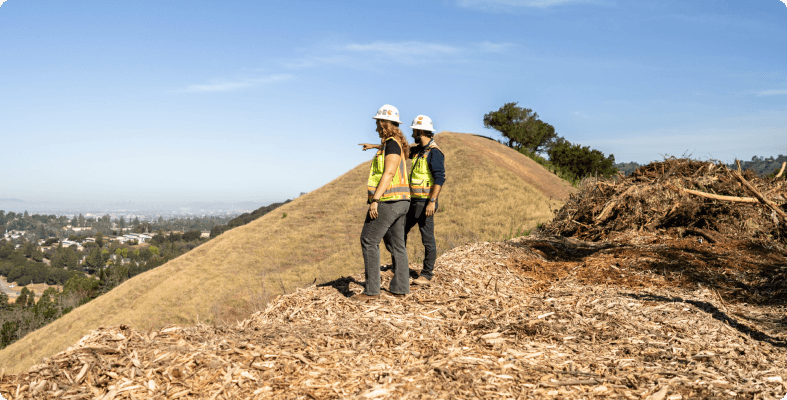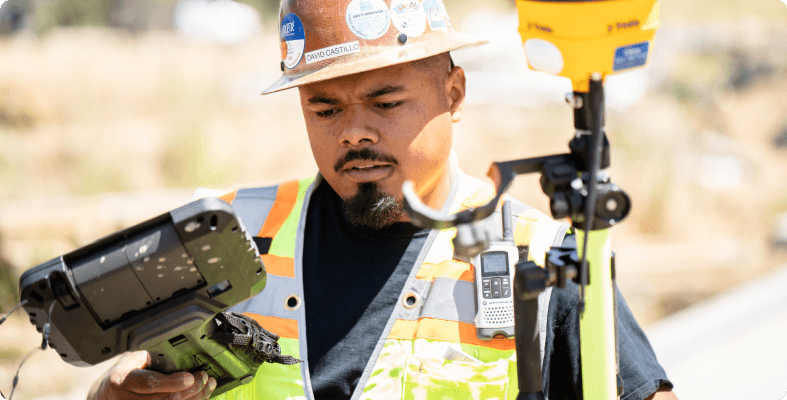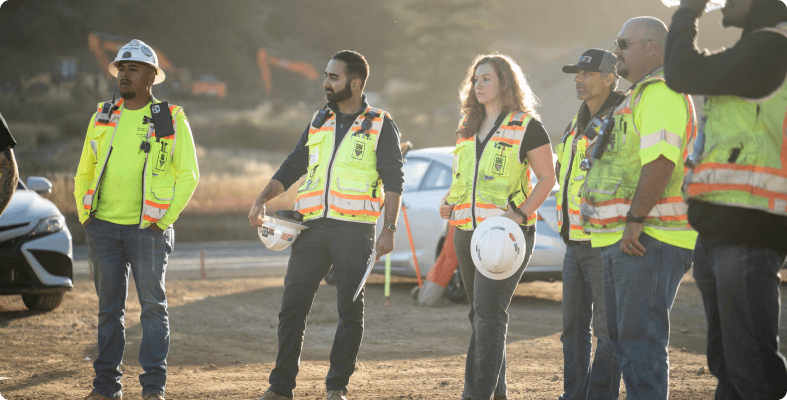How to Run a Successful Training Program (Without a Training Manager)
Written by Megan Hamilton
December 28, 2022

Training managers are super important, and many training initiatives are successful because they have a good manager at the helm.
But when you don’t have a training manager, your crew members and leaders still need to be educated about their job tasks, safety, and so on. How do you solve that dilemma?
First, it’s important to understand that good training managers do help create good training programs . . . but you can still train your team effectively without a training manager if you’re willing to put in a little work.
We put together our four best tips to help you get started.
01Select someone to lead the charge

Just because you don’t have a training manager doesn’t mean you can let your team run willy-nilly through whatever program they want. Somebody has to be in charge.
You need one person who’s responsible for helping move things along. They’ll oversee the training, and they’ll take responsibility for its success or failure. We like to call this person the point of accountability—because they’re accountable for how things go. (And because they’ll hold everyone else accountable, too.)
The point of accountability could be someone who works in your HR department if you have one. They could also be an administrator or someone who works in the office. If your company is small enough, an executive may even take on this responsibility.
Whoever they are, your point of accountability should be someone who’s excited and capable to help implement change. After all, it helps if they’re interested in the program and motivated to see it through!
02Educate the point of accountability

Running a training program is a big responsibility, so you’ll want to set your point of accountability up for success. To do that, keep a few do’s and don’ts in mind.
| Do | Don’t |
|---|---|
| Give them time to learn about the training system before you roll it out to the whole team | Throw them in without any preparation |
| Make sure they know who to ask when they have questions | Expect them to figure it out on their own |
| Get their input when you’re setting goals | Set unrealistic goals, especially by yourself |
| Set clear expectations for results | Punish people for failing to meet expectations you didn’t communicate clearly (or at all) |
| Set aside time for regular communication and checkpoints | Leave your point of accountability alone after you launch the training program |
You want to build a good rapport with the point of accountability. Let them know you’re both in this together.
They’re learning how to use a whole new training system and figuring out how to help others use it too, so they need to be able to trust you to help them through any bumps in the road. Likewise, you need to be able to trust them to alert you to any issues they see and help you find ways to deal with them.
03Get more people onboard

By the time you roll out a training initiative, you’ve probably spent months weighing the pros and cons. And you likely talked those decisions over with other leaders.
But your crew members have probably heard less—a lot less. They may think the new training is a “just rumor.” Or maybe they don’t know about it at all. Having some big kick-off can feel shocking for them.
Most people are pretty resistant to change even when they’re prepared for it, so a surprise training initiative can make them dig in their heels and refuse to get onboard. You don’t want that, especially when you’re trying to do something that will be good for them in the long run.
It’s important to roll out the new training program in a way that’s easiest for people to accept. BuildWitt Leader Jocko Willink has some great advice about how to implement changes like this gracefully by asking earnest questions.
Two other good ways to implement change are:
- Building a small group of champions
- Communicating why you’re making the change
Your champions are early adopters who are excited about training and want to help their teammates grow. This group should include your point of accountability, trusted leaders, and at least one or two foremen. You want some people who have their boots on the ground so they can vouch that the new training works in the field.
Give your champions time to experience the training, and make sure they understand why it’s necessary. Once they know the reason behind it—and once they see the value of it—they’ll be its biggest champions in the field.
They’ll lead the charge to get others onboard and help crew members understand why the new training is beneficial. Plus, they’ll be able to give you valuable feedback about how to make the program even stronger.
04Get good training software

So far, we’ve talked about the people who make training a success. But first, you need a training program.
There are lots of options: field training, classroom, live instruction, virtual. It’s smart to combine multiple methods, because that helps people remember the material. But no matter what methods you use, you need good training software at the core.
That’s because training software is an easy, effective way to administer training and let your employees complete virtual training. It’s especially useful when you don’t have a training manager, because your point of accountability is less likely to have to teach classes or hunt down qualified instructors. They can focus on administration and let the software do the heavy lifting for them.
But what kind of training software should you get?
Types of training software
Generally, there are two types of training software: TMS and LMS. We covered their similarities and differences before, but let’s quickly recap:
- TMS stands for training management system. This software helps administrators and instructors handle all the back-end tasks that go with training, like scheduling courses and tracking participant progress.
- LMS is short for learning management system. That’s what your employees use to complete virtual training.
For more details on the differences between TMS and LMS, read “Training Management System vs. Learning Management System.”
How to choose your training software
Not all training software is created equal. You want something that will meet your company’s needs, so keep these things in mind as you weigh your options.
| Feature | Questions to Ask |
|---|---|
| Software type |
|
| Software company |
|
| Cost |
|
| Content |
|
| Access |
|
| Ease of use |
|
Keep in mind, no training software is 100% perfect. That’s okay. You’re not looking for perfection here. You’re looking for the best fit for your team—and there are some really great options out there. Hopefully, these questions will serve as guideposts while you weigh those options and determine what will work best for your team.
05Conclusion

Did that seem simple? Good—that's what you want. Training your employees shouldn’t be rocket science; it should be an easy, engaging experience for everyone involved.
To help Dirt World leaders like you create that experience, we made BuildWitt Training. This software combines the best of both TMS and LMS features. And it comes with over 600 modern, engaging video lessons from down-to-earth experts who have real Dirt World and leadership experience.
So if you’re ready for a practical training program that solves problems and sets your crew members up for success, it’s time to find out how BuildWitt Training can help.
Or, check out the new guide to training for retention and recruitment. You'll still learn how BuildWitt Training can help—and you'll get real, practical tips to improve your training program so you can attract new talent and develop your current crew members to be the best they can be.














